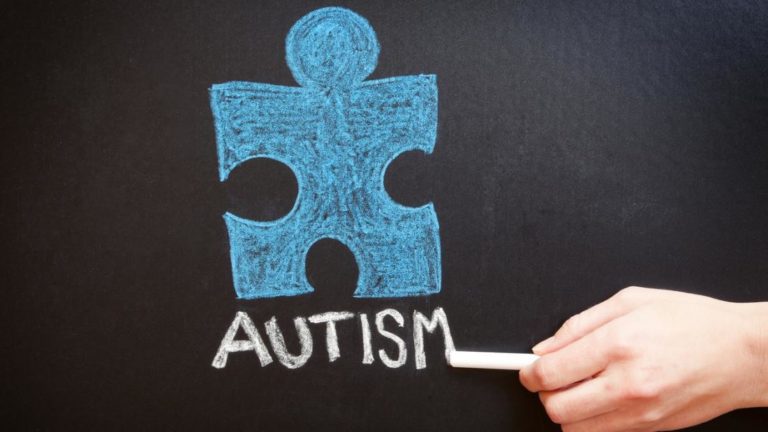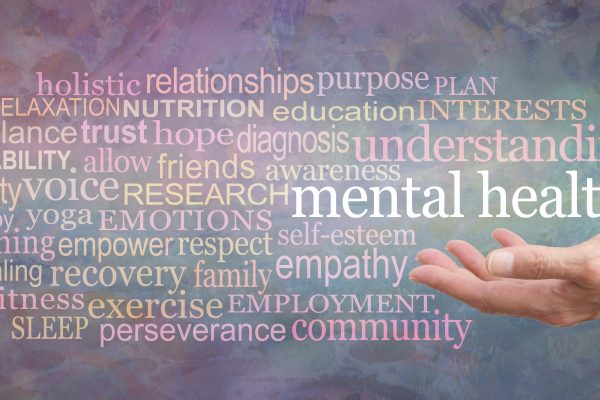Researchers at the University of Toronto are recommending “children with gender dysphoria should be screened for a possible autism spectrum disorder (ASD) and, when warranted, receive a more comprehensive ASD diagnostic assessment to facilitate more holistic clinical care.” This recommendation is being made based on the results of a new study published on September 2nd in the American Psychological Association’s Clinical Practice in Pediatric Psychology.
In recent years, there have been many anecdotal reports and other study results that suggest an over-representation of children being referred for gender dysphoria who have ASD or traits of ASD. The UofT study is unique in that it used a control group of children referred for other behavioural concerns to determine whether ASD has a specific link to gender dysphoria or whether children who have ASD or traits of ASD are also over-represented for other clinical concerns.
Research Study Conclusions
The UofT study published last month concluded that children with gender dysphoria are more likely to have a co-occurring DSM diagnosis of ASD or meet the criterion for ASD traits compared to similar groups of children being seen for other clinical reasons.
The results of our study showed evidence of both specificity and nonspecificity with regard to ASD traits and caseness. Future research can adopt the principle of multifinality to understand better why only a minority of children with gender dysphoria have a co-occurring diagnosis of ASD, but the majority does not.
Research Conclusion
Until now, there was no conclusive evidence that children presenting with gender dysphoria were more likely to also have ASD. This study uncovered that the elevation in an ASD diagnosis or traits is specific to children referred for gender dysphoria as opposed to being characteristic of clinical populations in general.
21.3% of children in the gender dysphoria group had a diagnosis of ASD vs 0% in the control group. Further, 21.7% of the children in the gender dysphoria group met the criteria for ASD traits based on the Social Communication Questionnaire vs 3.3% in the control group. The children included in the study were 4-12 years old.
More research needed to understand the link between ASD and gender dysphoria
The researchers remarked that the results of their study were consistent with prior literature. Further, the researchers discuss that a more nuanced theoretical model for understanding the link between ASD and gender dysphoria is needed.
“The present study draws specific attention to the overrepresentation of autism spectrum disorder traits among children referred for gender dysphoria.” said the researchers of their study results.
Dr Ken Zucker, Professor at the University of Toronto Department of Psychiatry explained the multifinality conclusion of the study: “There are different pathways that lead to the same outcome. In this case, for example, autism spectrum disorder or traits might be on the path leading to gender dysphoria, but there are many kids with gender dysphoria who do not have autism. My own view is that there is an association between ASD and gender dysphoria (but) we don’t, as of yet, know why.”
“There are different pathways that lead to the same outcome. In this case, for example, autism spectrum disorder or traits might be on the path leading to gender dysphoria, but there are many kids with gender dysphoria who do not have autism. My own view is that there is an association between ASD and gender dysphoria (but) we don’t, as of yet, know why.”
Dr Ken Zucker
Implications for Treatment
The study findings have major implications for how gender dysphoria is being treated.
“It is unlikely that gender dysphoria predisposes a child to develop ASD”, the researchers note. In contrast, they say, “it has been suggested that at least some characteristics of ASD (e.g., the propensity to develop intense interests or obsessions) could predispose a child to develop gender dysphoria if the contents of such interests/obsessions become focused on gender-related behaviors and cognitions.”
The paper discusses the therapeutic implications of children who develop an intense gender-related focus or interest. On the one hand, adopting a watchful-waiting approach could help children with ASD better explore gender expression and help them become less rigid in their thinking about gender. On the other hand, children with ASD may have difficulty dealing with the uncertainty that a wait-and-see approach entails.
They suggest that when an interest slides into an obsession that impairs social functioning, it is more likely to be viewed as a cause for clinical concern. They also caution that the nature of the association between gender dysphoria and ASD is far from clear and that “this conceptual uncertainty carries with it constraints on how one decides what would constitute best-practice”.
Of the need for more holistic healthcare, Dr Zucker stated “In my view, both children and adolescents with gender dysphoria, which causes a great deal of distress in its own right, also have “other” mental health issues. These kids all require competent mental health care.”
“In my view, both children and adolescents with gender dysphoria, which causes a great deal of distress in its own right, also have “other” mental health issues. These kids all require competent mental health care.”
Dr Ken Zucker
Best-practice is far from clear
We also note that the study results are based on a sample that is predominantly boys. The researchers pointed out that there’s a well-known finding that milder cases of ASD might not be diagnosed until later in development, particularly in females.
Social awkwardness and impaired social functioning are often cited by parents as a major contributor for older children and adolescents who have never before expressed any discomfort with their gender suddenly wanting to identify and seek medical means to transition to the opposite sex. The researchers state that the usage of the Social Communication Questionnaire may be particularly insightful for helping therapists and parents understand additional factors that contribute to a child’s gender dysphoria.
We hope that this research will help inform a more holistic approach that supports ASD children to better explore what gender means for them. The current gender-affirming care model that immediately affirms youth in their chosen gender and enables patients to direct their own medical transition may be missing important contributing factors such as ASD or other mental health issues.
————-
Reference: Leef, J. H., Brian, J., VanderLaan, D. P., Wood, H., Scott, K., Lai, M.-C., Bradley, S. J., & Zucker, K. J. (2019, September 2). Traits of Autism Spectrum Disorder in School-Aged Children With Gender Dysphoria: A Comparison to Clinical Controls. Clinical Practice in Pediatric Psychology. http://dx.doi.org/10.1037/cpp0000303
Feature image source: Medical News Today





2 thoughts on “Link between Autism and Gender Dysphoria Confirmed”